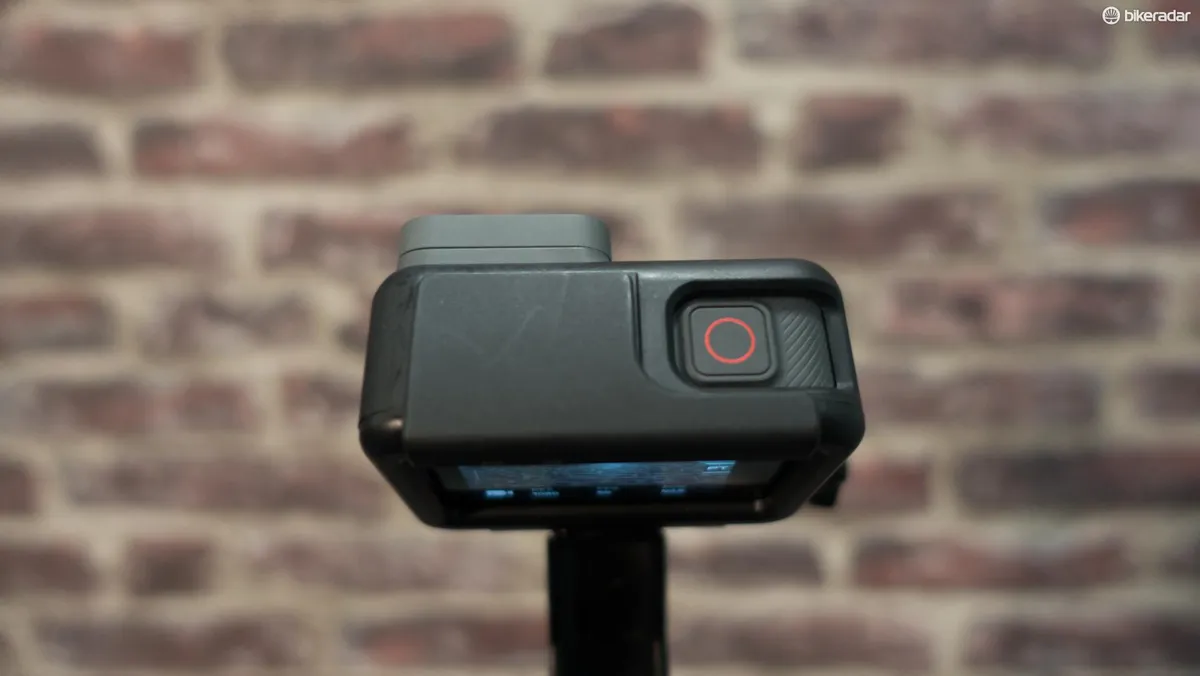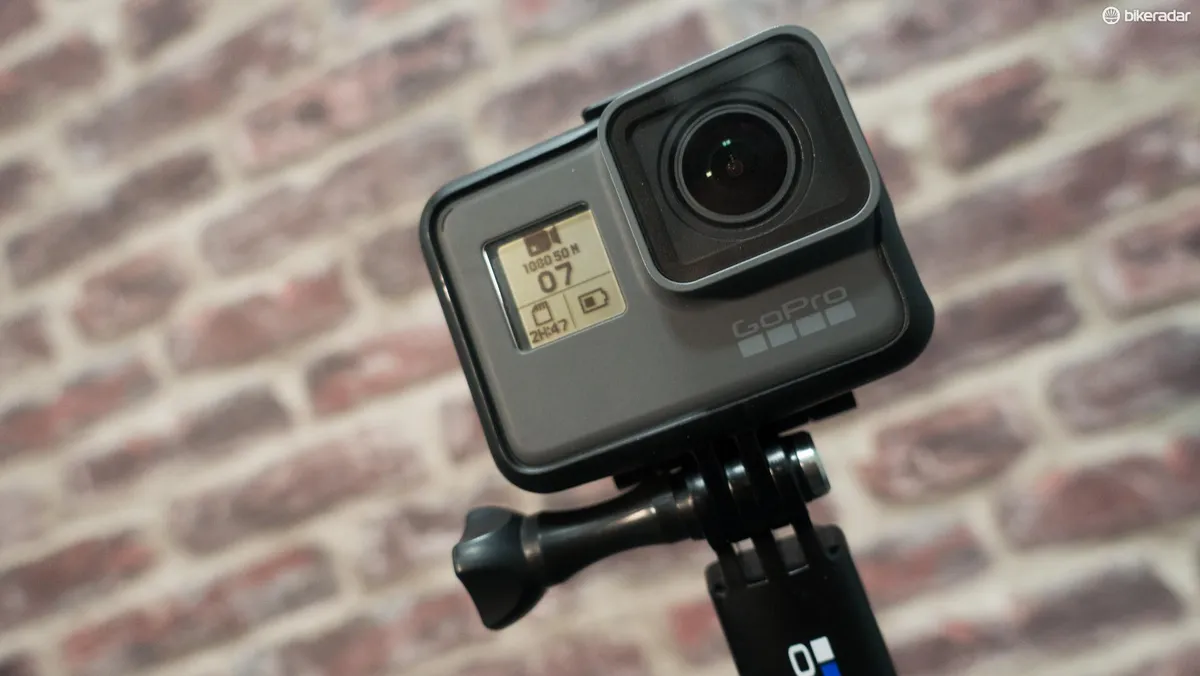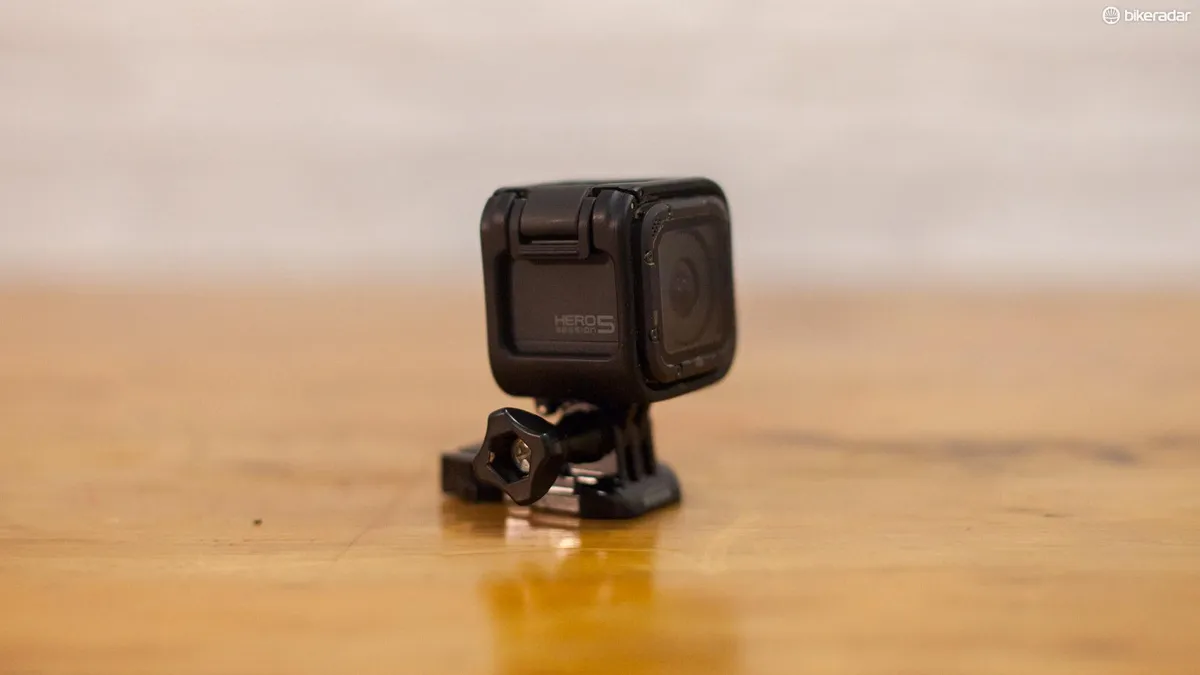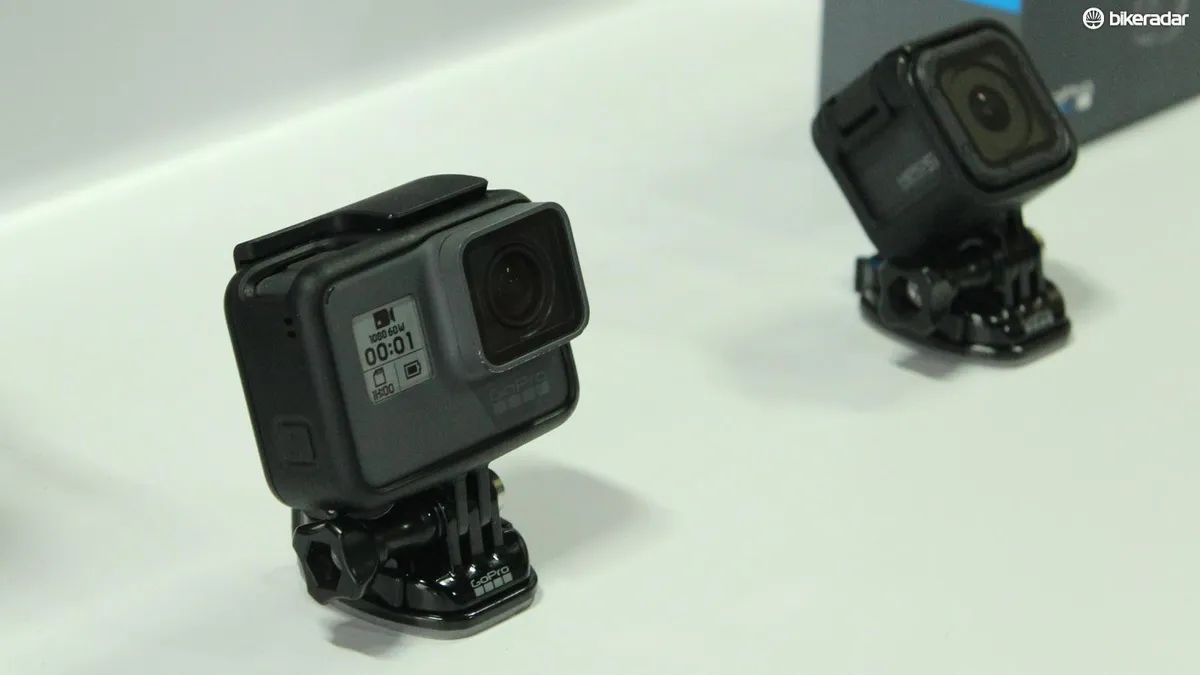The GoPro Hero 5 action cameras are available in two models: the Hero 5 Black and the Hero 5 Session. But what are the key differences between the two cameras and which one should you buy? Let’s look at them both in our Hero 5 Black vs. Hero 5 Session comparison.
This article was last updated on 19 February 2017
We've now tested both the Hero 5 Black and the Hero 5 Session and you'll find links to both reviews below. We’ve also compared the two new GoPros based on their specs and target uses.
GoPro Hero 5 range overview

To begin, it’s worth explaining GoPro’s slightly confusing naming conventions. The ‘Black’ label is its indicator for the top-end model in terms of picture quality and price, and can be thought of as pro-level equipment. GoPro seems to have dispensed with the ‘Silver’ label, present on the previous generation, which was aimed at prosumers, i.e. people who are skilled at shooting action camera footage.
The GoPro Session is the smallest action camera in the range, and the simplest — just one button to switch recording on or off, with all other controls done via the mobile app. It usually has the lowest specs in terms of resolution and frame rate, the lowest price, and is aimed firmly at consumers wanting hassle-free footage. Oh, and the ‘Hero 5’ part refers to the fact they’re fifth generation cameras, following the Hero 4.
So in the Hero 5 range, you have two choices: the cheaper Hero 5 Session and the high-end Hero 5 Black.
It’s not as simple as saying one of these GoPros is better than the other — the Hero 5 Session could be perfect if you want an action camera that’s as small as possible, so you can fit it to a helmet or under your saddle. The Hero 5 Black has higher spec, but it could be overkill for your needs.
GoPro Hero 5 Black vs. Hero 5 Session: design

Looking first at the GoPro Hero 5 Black, this top-end model no longer needs a case to become waterproof: it’s rated down to 10m/33ft out of the box. It gets a rear 2” touchscreen, enabling you to frame shots, play back, change settings and trim your footage. There’s also a small, square LCD display on the front that shows what resolution and frame rate you’re filming in, how much battery is left and how much memory.
There’s a simple one-button control on the top for powering the camera on and starting recording. And a USB Type-C port for charging and docking.

The GoPro Hero 5 Session looks very, very similar to its popular predecessor: it’s a tiny, rugged cube that GoPro CEO Nick Woodman likens to a cockroach as it’s “very difficult to kill”. On top of the camera there’s a simple button for powering the camera on and starting to record. Next to that button is a tiny LCD screen that shows your recording settings, filming time and more.
Looking at it from the front, there’s a small LED light in the top right corner above the lens for showing when it’s in record mode, plus a microphone in the top left corner above the lens.
Both cameras come with plastic cages that have the standard GoPro mount built in — so if you want to mount either of them to your handlebars, saddle rails or chest strap, you’ll need to put them in their cage first. This might make it look less clean than they would otherwise, but it also means the touchscreen will work as normal, and you don’t have to rely on the spongey buttons of the older Hero 4 waterproof cases.
GoPro Hero 5 Black vs. Hero 5 Session: specs and features
Perhaps the biggest news of all here is that recording resolution on both the GoPro Hero 5 Black and Hero 5 Session tops out at 4K. On the latter that’s great news — being able to get detailed footage from such a tiny device is an incredible feat, and it’ll shoot at 30 frames per second in 4K mode too (1440p/60fps and 1080p/90fps also available).
On the Hero 5 Black, that’ll disappoint some people who were hoping for 8K filming capabilities. But you could argue that’s more than anyone needs with the current generation of displays anyway. It’ll shoot at 30 frames per second at 4K, 1440p at 80fps, or 1080p at 120fps.
A recent update enables you to overlay GPS data such as speed and distance onto your Hero 5 Black footage
Both cameras can also take still photos, with the Black able to shoot RAW and wide dynamic range 12MP images, or in burst mode will capture at 30fps. The Hero 5 Session will shoot still images at 10MP or in burst mode will capture at 30fps. GoPro is clearly trying to make these cameras a possible replacement for your stills camera too, because including RAW capability means you can do lots of image tweaking in post-production.
Other features shared between the two models include voice activation — yell “GoPro start video” or “GoPro take a photo” and it will do what you tell it, in any of seven languages (English, French, Italian, German, Spanish, Chinese and Japanese).
There’s also WiFi and Bluetooth chips built into both cameras, plus GPS chips for geotagging on the Hero 5 Black.
A recent update to the GoPro Quik desktop suite enables you to overlay GPS data such as speed and distance onto your footage if you're using a Hero 5 Black. (You can't do this using the Hero 5 Session as the Session does not feature a GPS sensor.)
Additionally, there’s what GoPro calls ‘advanced wind noise reduction’: on the Hero 5 Black there are three microphones in the camera body and it automatically picks which two to use based on the amount of wind and background noise. We don’t know for certain how the Session reduces wind noise, but we suspect via audio filters in the software.
Both cameras also get video stabilisation which is done by the processor rather than the lens — this can be done equally well in post-production software (YouTube also offers this as an option for videos uploaded).
GoPro Hero 5 Black vs. Hero 5 Session: battery life
The Hero 5 Black has a slightly larger lithium-ion rechargeable battery (1220 mHa vs 1000 mAh). While GoPro estimates a battery life of two hours for the Hero 5 running at 1080p at 50fps, with GPS, WiFi, voice control and image stabilisation off. We had a full battery drain in 1 hour 54 minutes in our testing, coming very close to the official line.
The Hero 5 Session is powered by a built-in 1000mAh lithium-ion battery. On one of our test rides we recorded 1 hour and 58 seconds before the battery showed less than 10% of life left. When we left the camera indoors for a full-to-empty run-down test, the 32GB memory card ran out before the battery did. After clearing the card and continuing recording, we had a total of 1 hour, 50 minutes and 15 seconds of recorded video.
GoPro Hero 5 Black vs. Hero 5 Session: price and availability
The Hero 5 cameras became available in October 2016 with the Hero 5 Black priced at £349 / US$399 /AU$569 and the Hero 5 Session retailing for £249 / US$299 /AU$469.

If you're after a GoPro that's even cheaper, you can pick up the older GoPro Session for just £179 / US$199 / AU$299 in the same pleasing form factor as the latest Hero 5 Session.
GoPro Hero 5 Black vs. Hero 5 Session: conclusion
Both new GoPro cameras are great, so how do you decide which is the right one for you?
If you want to be able to film on long rides then battery life will be a priority. In that case, you should go for the Hero 5 Black as being able to swap out batteries mid-ride means the amount of footage you can capture is only constrained by the number of batteries (and spare memory cards) you can carry. The Hero 5 Black also give you more frame rates to play with.
If either cost or weight are your key concerns, then you may want to go for the cheaper, lighter Hero 5 Session but with a non-replaceable battery, you’ll sacrifice filming time.
And now that you’ve hopefully made your decision, let's throw in a curveball - if you’re obsessed with having the latest gadgets and being as future-proofed as possible (not easy when it comes to tech), you might want to wait a few months as GoPro has confirmed that it will be releasing its GoPro Hero 6 range later this year. The curse of being a tech buyer!
If you're yet to make up your mind, our reviews below should help.
